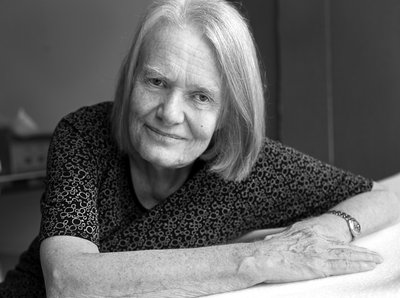Merril Wagner is an abstract artist who is now retired from art making. When we met with her today over Zoom, her studio manager Lilly Pendry joined us as well. Merrill is an older artist who was recently picked up by Pace Gallery. Despite not receiving proper recognition during her time as an artist, Merrill’s newfound relationship with Pace serves as a vehicle in bringing her voice back into a dialogue that was previously male dominated.
A good introduction to Merrill’s work and material exploration are the slate chalkboards she inherited from the MoMA P.S.1’s 1970s renovation. In this work, which Lilly showed us, we see the nuanced dichotomy of materiality. Although slate is an unconventional canvas, Merril still retains their original utilitarian function as chalkboards when she decorates these slates with chalk. Today we see chips in the slate chalkboard that speak to their impermanent nature. The deterioration of the boards are inherent to the material being used and are an exploration of how they evolve over time, a common theme in Merrill’s works. Rather than observing something with a pre-existing presence, Merril is creating that presence (through the use of “found” slate) and viewing how it changes over time. She is using materials that already have an inherent geometry to them and repurposing the slates into something different.

18 1/2 x 10 1/2 x 1/2 inches
conte crayon on slate
Overall, I really enjoyed this artist’s talk. Although Merrill has stopped making work and is failing health-wise, it was interesting talking to someone who is at the end of their career. Just being in her presence and knowing the historical nature of her life’s work and family’s work made it a special visit.
“Keep doing what you want to do [and] do what you are interested in”
It was also nice having Lilly with us as this was our first artist talk where a studio manager was present for the entire interview. She had a very gentle and warm demeanor and was very patient with Merril. Oftentimes Lilly helped facilitate and jog Merrill’s memory. Having her here gave me a new perspective into the art world, particularly the studio manager profession. It was fascinating to see Lilly thoroughly engaged and familiar with Merril’s oeuvre. As a studio manager, Lilly protects her work in a lot of ways and promotes and advocates for it. She could fluidly talk about Merrill’s work, manage daily operations and fosters a good relationship with Merril.

